My best suggestion is to wrap your BitmapDrawable with a ClipDrawable.
ClipDrawable lets you define clipping for any other drawable, so instead of drawing the entire drawable, only a part of it will be drawn.
How would that work? Your ImageView can display a drawable - assignable through setImageDrawable(). Naturally, you would place a BitmapDrawable of your image bitmap there. If you wrap your BitmapDrawable first with ClipDrawable, and only then assign to the ImageView, you should be fine.
<ImageView
android:id="@+id/imageView1"
android:layout_width="100dp"
android:layout_height="100dp"
android:src="@drawable/clip_source" />
and this is clip_source drawable:
<?xml version="1.0" encoding="utf-8"?>
<clip xmlns:android="http://schemas.android.com/apk/res/android"
android:clipOrientation="vertical"
android:drawable="@drawable/your_own_drawable"
android:gravity="top" />
You can define the amount of clipping by calling the function setLevel() on your ClipDrawable (clip_source). A level of 0 means the image is completely hidden and a level of 10000 means the image is completely revealed. You can use any int value in the middle.
You'll have to set the level in code, so your code should first get a reference to the ClipDrawable. You can do this by running getDrawable() on your ImageView instance. When you have a reference to your ClipDrawable, simply run setLevel(5000) on it (or any other number 0-10000).
ImageView img = (ImageView) findViewById(R.id.imageView1);
mImageDrawable = (ClipDrawable) img.getDrawable();
mImageDrawable.setLevel(5000);

